Menu

Curriculum
Creating Navigators for Life
OUR Curriculum
Tiller School is dedicated to maintaining a strong academic and social curriculum on our campus. We follow all state and federal guidelines while engaging our students in an interdisciplinary curriculum. Learn more below.
Academic Curriculum
Tiller School combines the North Carolina Standards and Hirsch’s Core Knowledge Curriculum. Tiller’s dedicated teachers plan their instruction to engage each child’s natural talents and curiosity. To enhance the North Carolina Standards , teachers use experiences and resources that include field study, academic choice, hands-on and cooperative learning. Outdoor classroom study provides opportunities for natural exploration and learning. This interdisciplinary curriculum differentiates and supports the needs of each learner. Instruction is student-centered and social responsibility is a focus throughout every day. The Arts are integrated into classroom study to enhance the real world perspectives of learning.
E.D. Hirsch, who founded the Core Knowledge Foundation in Charlottesville, Virginia, developed the Core Knowledge Sequence. The basic premise of this sequence is that “learning builds on learning.” That is, an elementary school should systematically teach a core of knowledge that all students need as a base upon which to build their secondary and adult education. Tiller uses this resource as the foundation for our social studies curriculum as we study our global community.
Visit these links for more information about our Academic Curriculum:
http://www.ncpublicschools.org/curriculum/
More information - North Carolina Standard Course of Study Resources
Social Curriculum
Tiller School has adopted the approach known as the Responsive Classroom developed by the Northeast Foundation for Children. The Responsive Classroom is an approach to elementary teaching that emphasizes social, emotional, and academic growth in a strong and safe school community.
The goal is to enable optimal student learning. Created by classroom teachers and backed by evidence from independent research, the Responsive Classroom approach is based on the premise that children learn best when they have both academic and social-emotional skills. The approach therefore consists of classroom and school-wide practices for deliberately helping children build academic and social-emotional competencies.
Guiding Principles
Seven principles, developed by the work of educational theorists and the experiences of exemplary classroom teachers guide the Responsive Classroom approach:
- The social curriculum is as important as the academic curriculum.
- How children learn is as important as what they learn: Process and content go hand in hand.
- The greatest cognitive growth occurs through social interaction.
- To be successful academically and socially, children need a set of social skills: cooperation, assertion, responsibility, empathy, and self-control.
- Knowing the children we teach–individually, culturally, and developmentally–is as important as knowing the content we teach.
- Knowing the families of the children we teach and working with them as partners is essential to children’s education.
- How the adults at school work together is as important as their individual competence: Lasting change begins with the adult community.
Classroom Practices
At the heart of the Responsive Classroom approach are ten classroom practices:
- Morning Meeting: Gathering as a whole class each morning to greet one another, share news, and warm up for the day ahead
- Rule Creation: Helping students create classroom rules to ensure an environment that allows all class members to meet their learning goals
- Interactive Modeling: Teaching children to notice and internalize expected behaviors through a unique modeling technique
- Positive Teacher Language: Using words and tone as a tool to promote children’s active learning, sense of community, and self-discipline
- Logical Consequences: Responding to misbehavior in a way that allows children to fix and learn from their mistakes while preserving their dignity
- Guided Discovery: Introducing classroom materials using a format that encourages independence, creativity, and responsibility
- Academic Choice: Increasing student learning by allowing students teacher-structured choices in their work
- Classroom Organization: Setting up the physical room in ways that encourage students’ independence, cooperation, and productivity
- Working with Families: Creating avenues for hearing parents’ insights and helping them understand the school’s teaching approaches
- Collaborative Problem Solving: Using conferencing, role playing, and other strategies to resolve problems with students
Visit this link for more information about the Responsive Classroom approach:
http://www.responsiveclassroom.org/
Physical Education
The overall health and fitness of the Tiller Students is the responsibility of the entire Tiller Community (staff, teachers and families) working as a team to educate children about healthy lifestyle choices and providing learning opportunities to develop and practice physical skills. The Tiller School Physical Education classes are team taught by two special area teachers, one grade level at a time. Classes meet in the assembly building but are taught outdoors as often as possible. The Tiller School Physical Education curriculum is based primarily on the National Standards for K-12 Physical Education.
Technology
Tiller School strives to integrate technology at all levels for our teachers and students. Our goals are:
- To incorporate a statewide shared services model for platforms and infrastructure
- To provide universal access to individual teaching and learning devices
- To incorporate statewide access to digital teaching and learning resources, including digital textbooks
- To implement a statewide model of 21st century professional development
- To use 21st century leadership within our school
